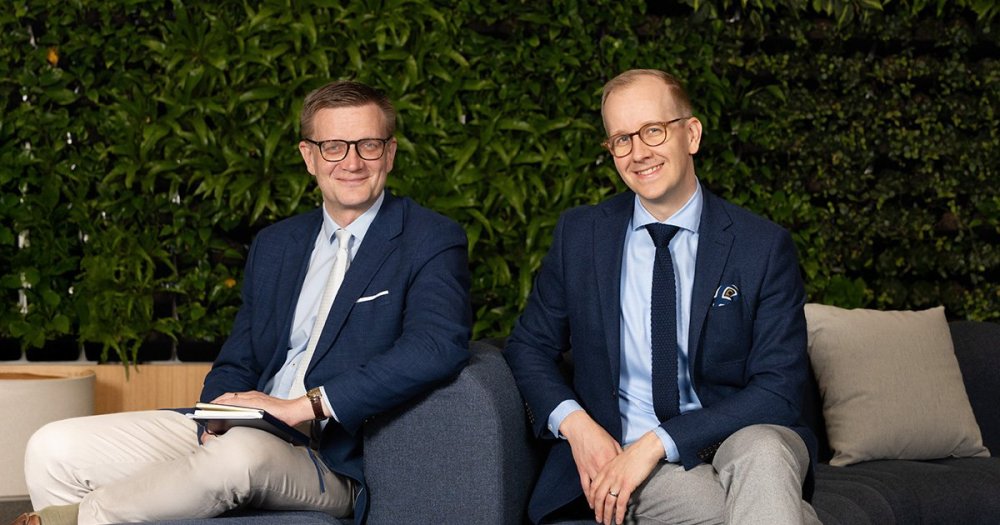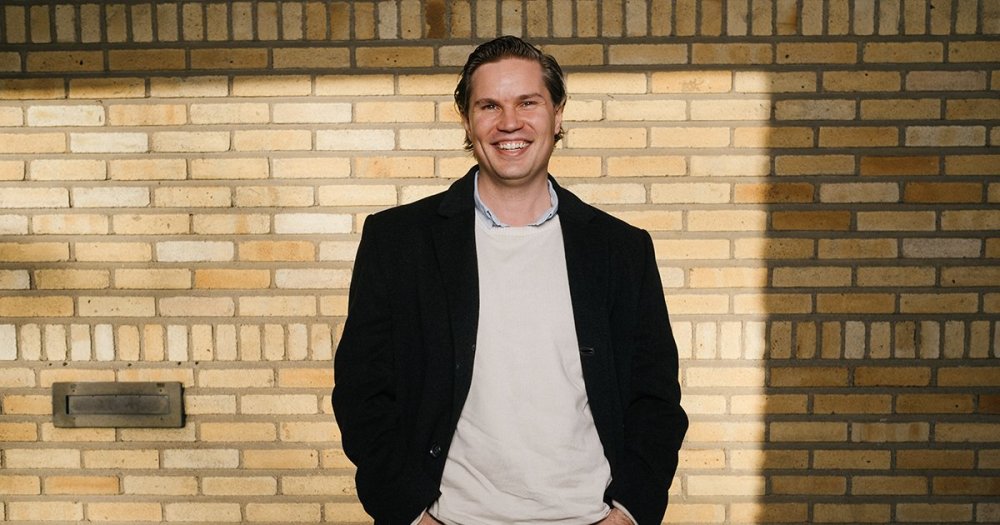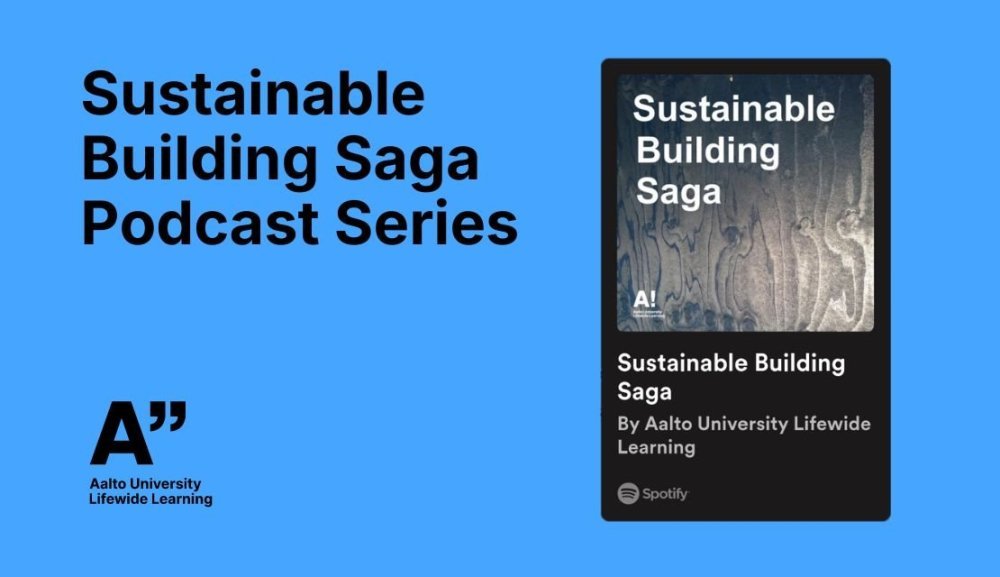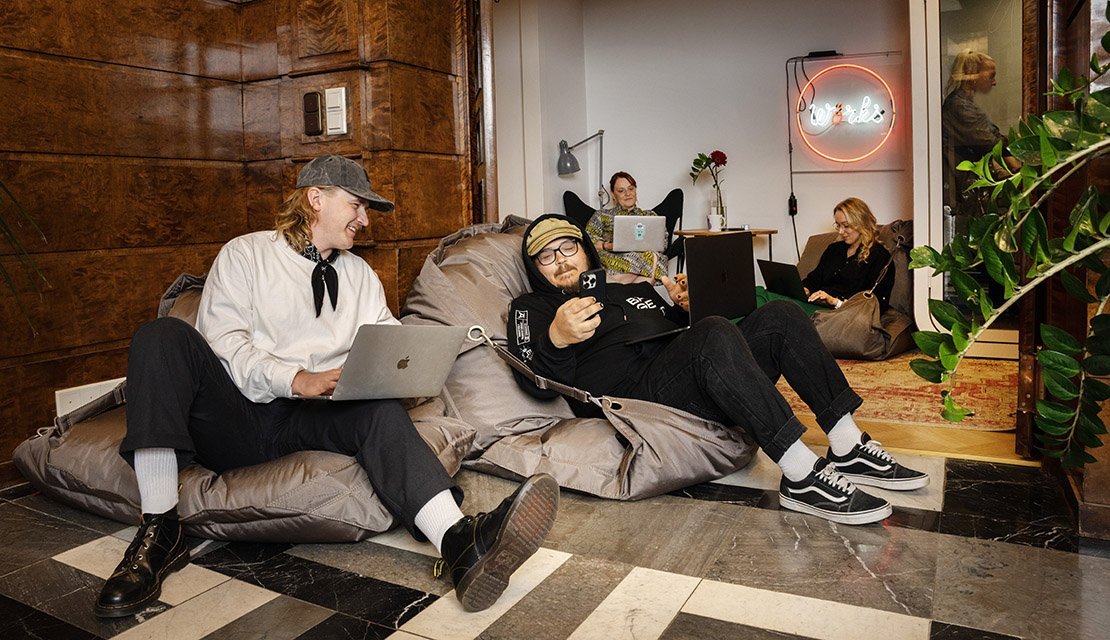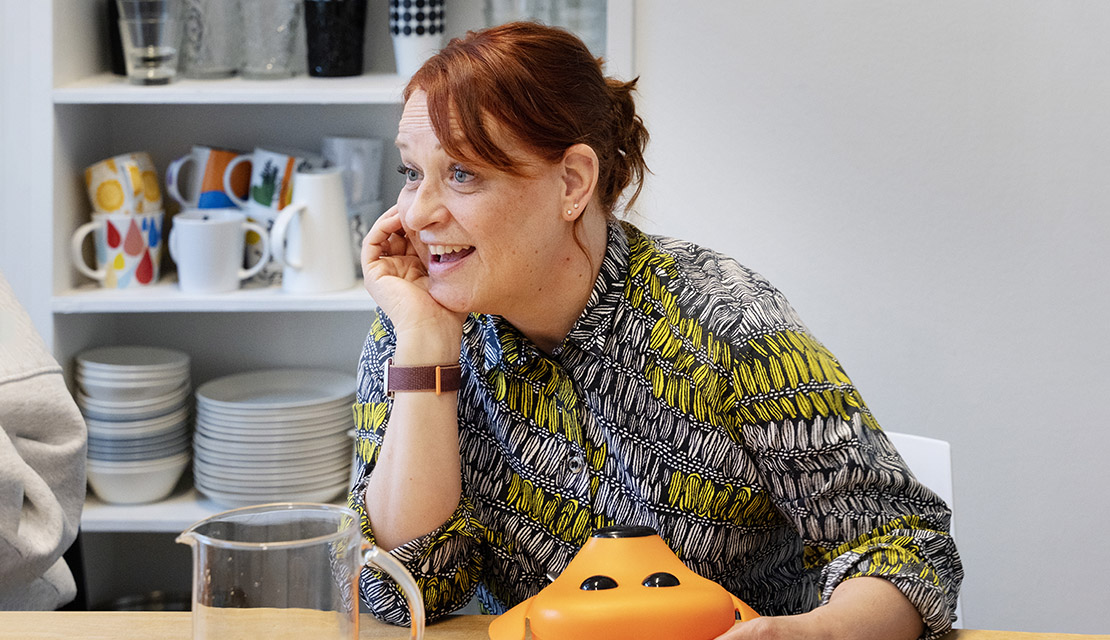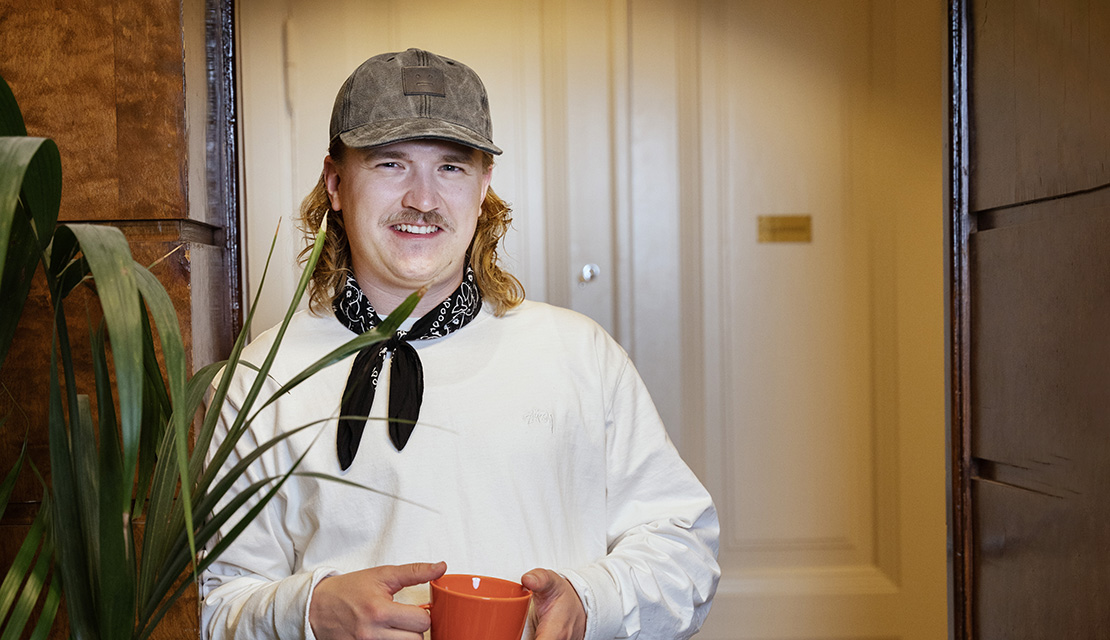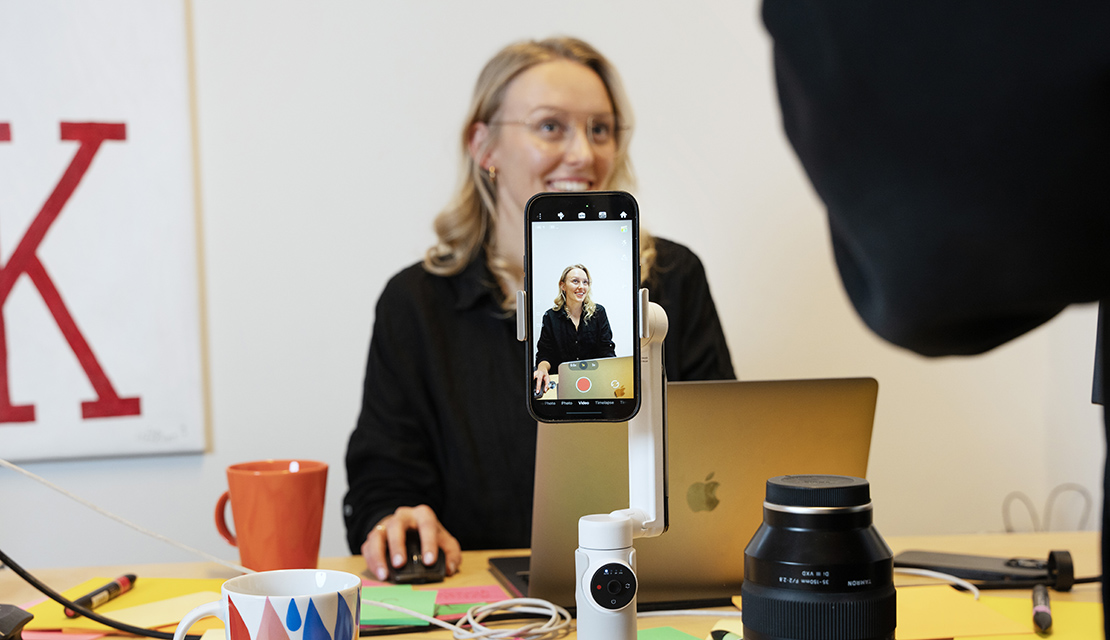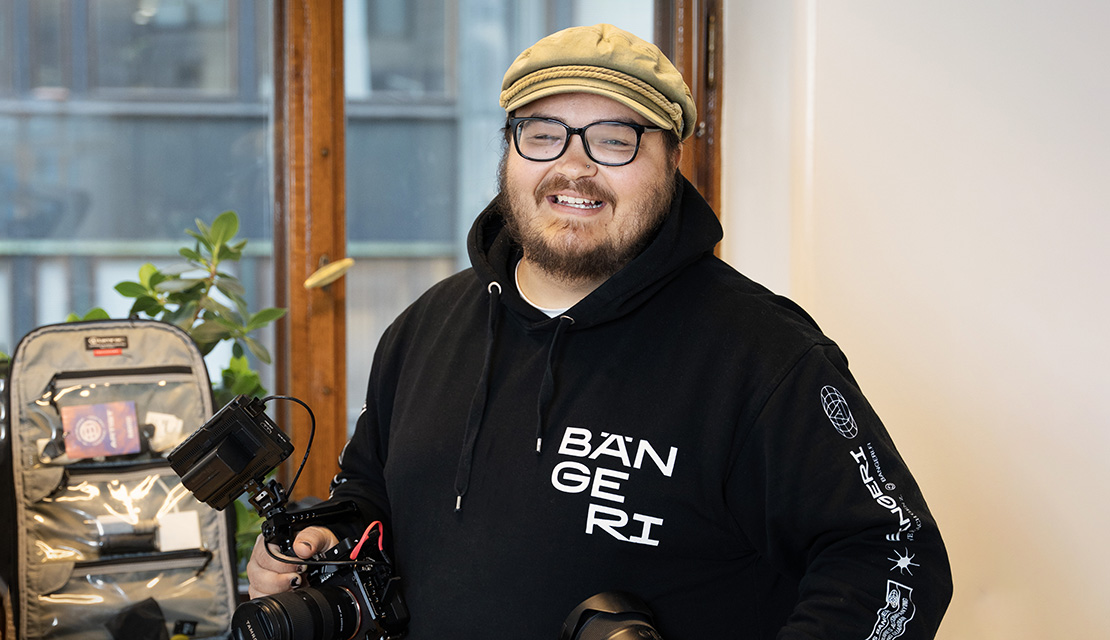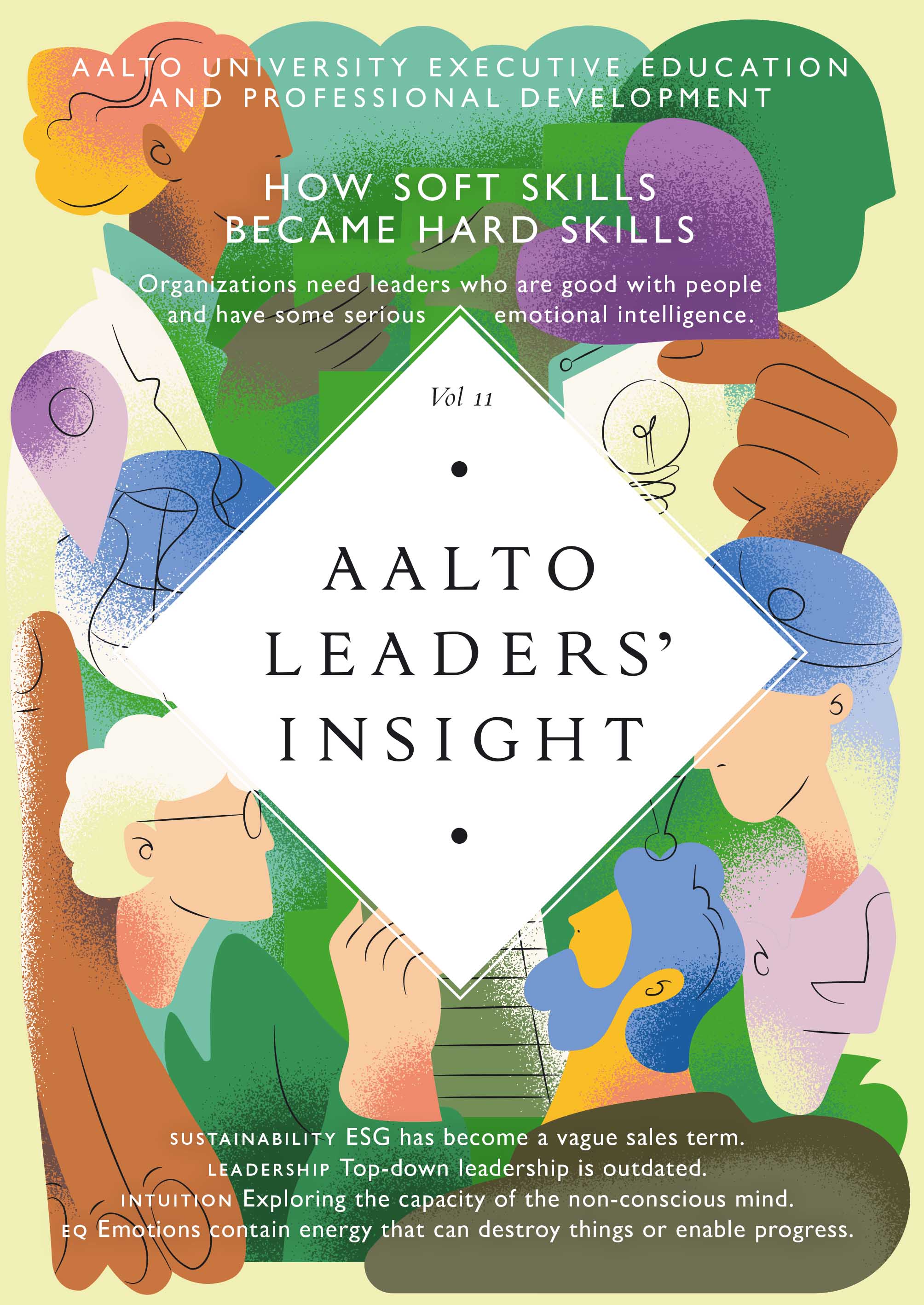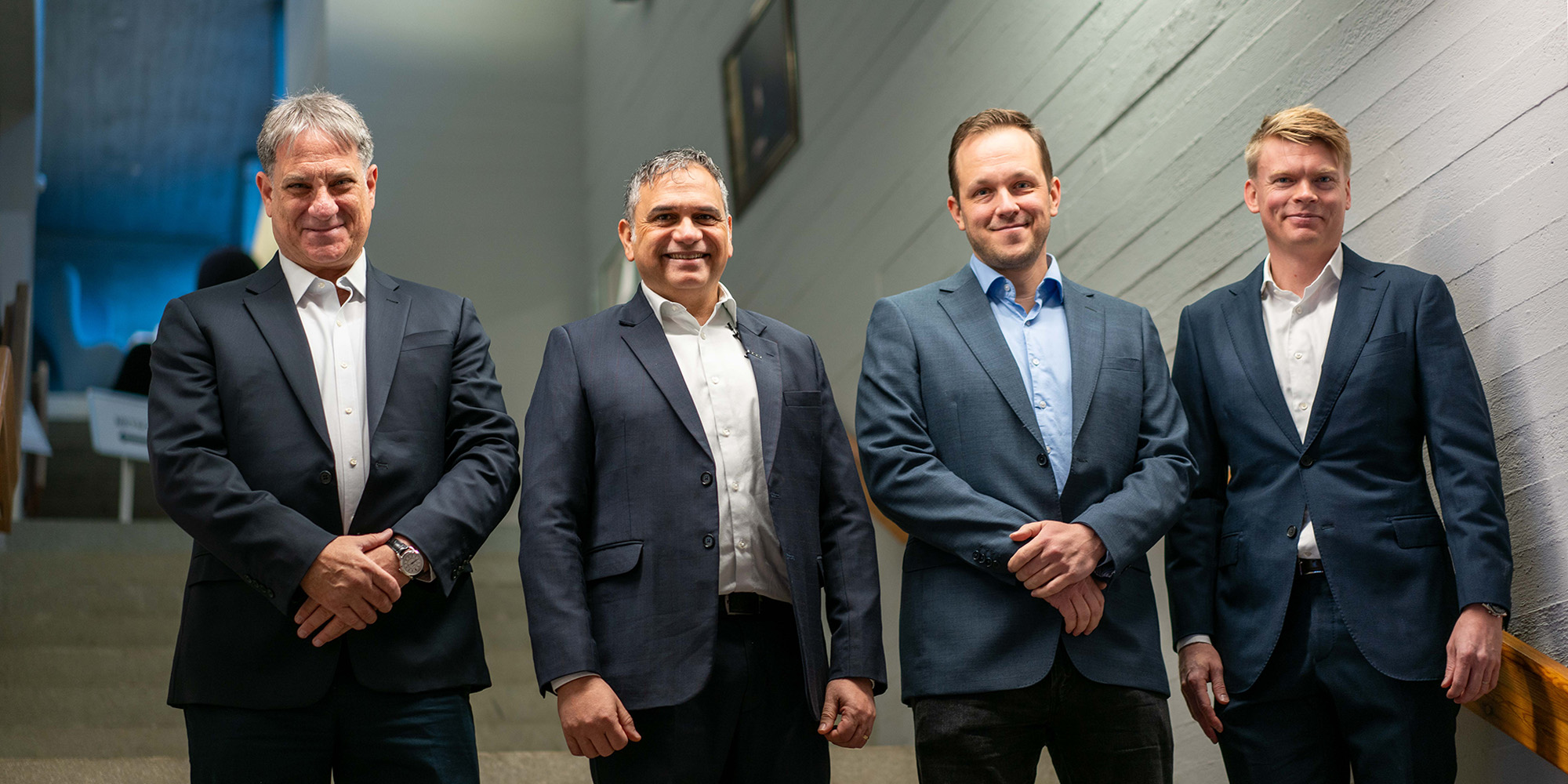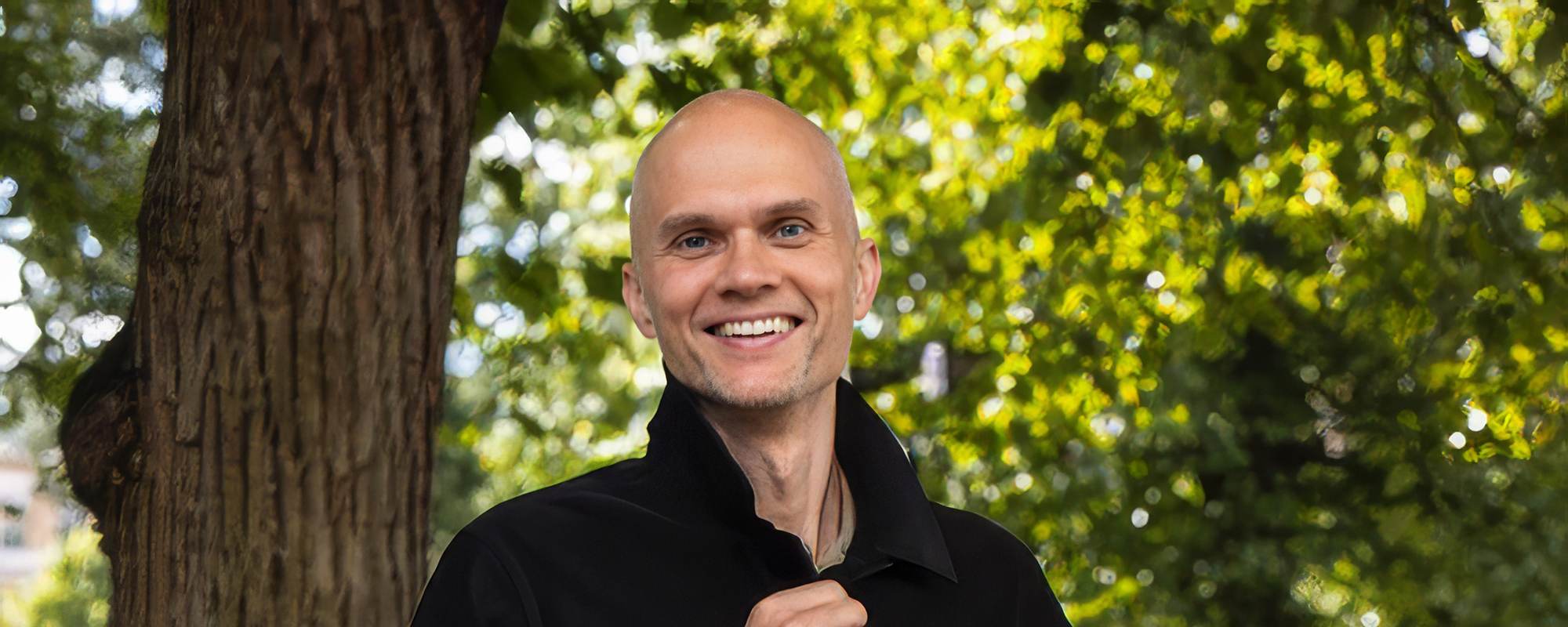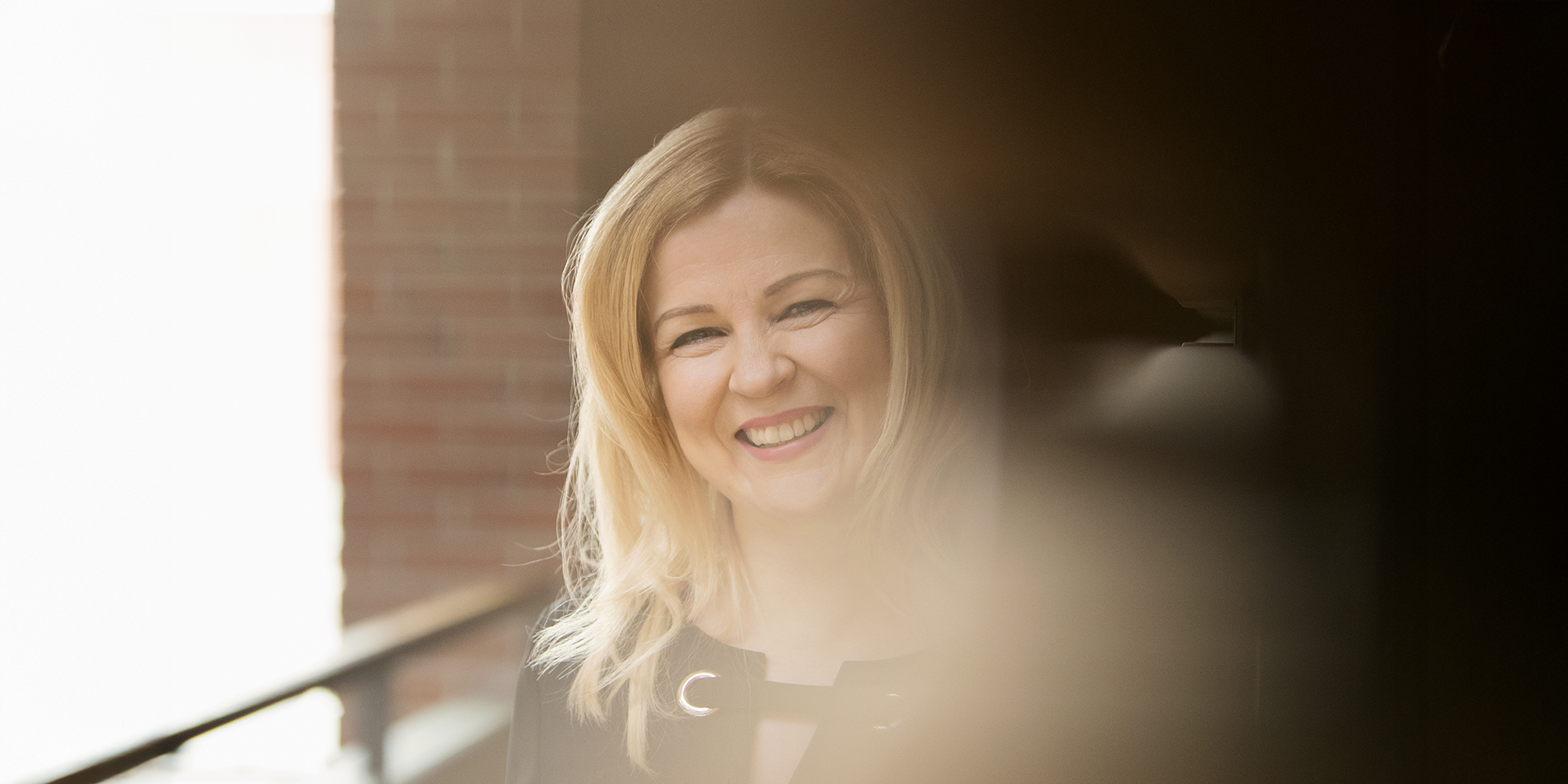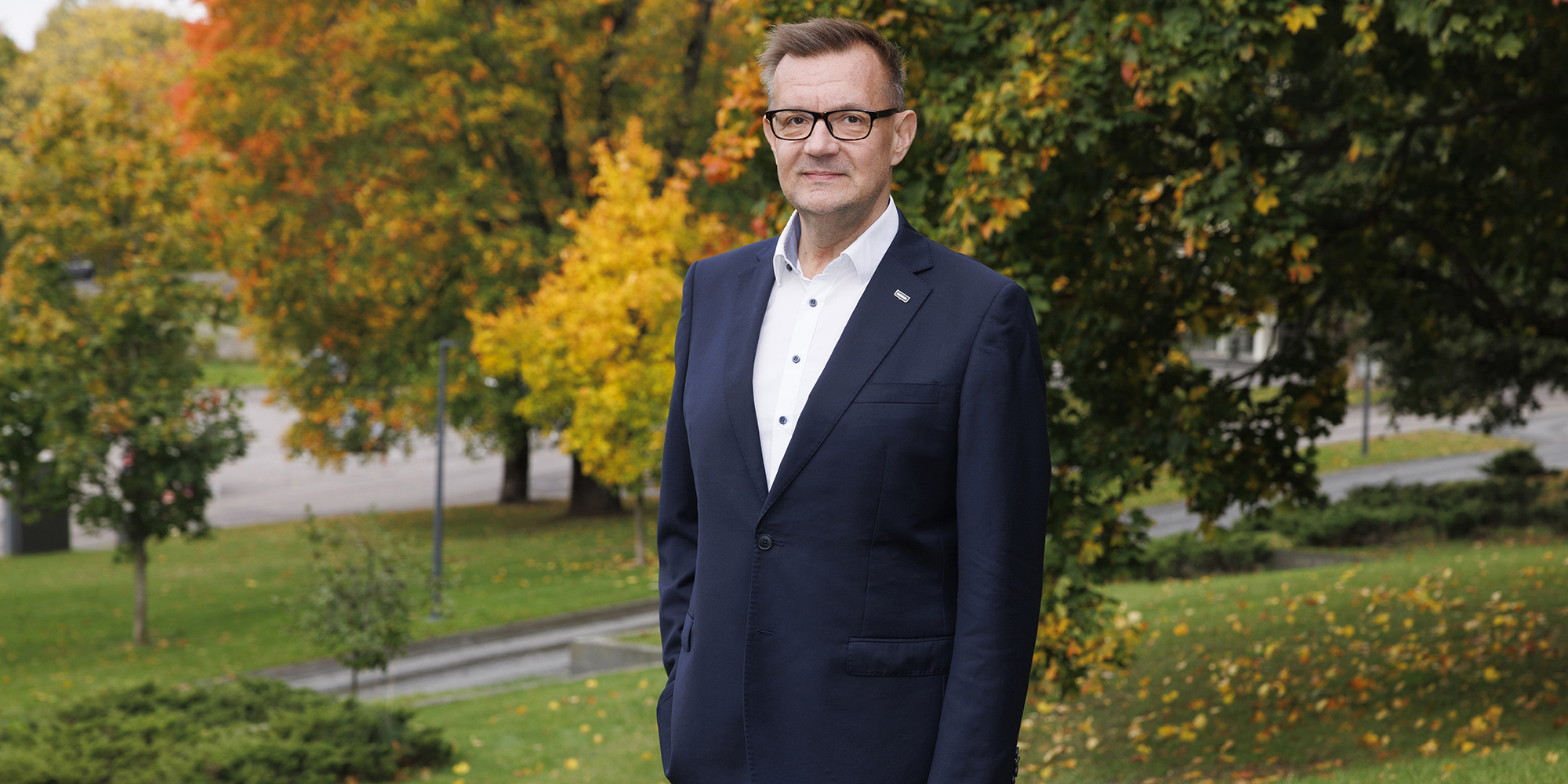”Hierarchy kills creativity,” says Anu Rautanen, People and Culture Specialist at Wörks. Wörks has developed a model that avoids bosses and hierarchies. “The traditional setup of a creative director hinders personal growth, compelling people to act and choose according to what serves individual careers.”
The thinking at Wörks is that everyone is each other’s creative director.
The most common criticism of a non-hierarchical organization is perhaps that without a formal structure, an informal one takes over, granting power to the loudest and most power-hungry individuals. Rautanen is well aware of this argument. She talks about social hierarchies that are always present regardless of the organizational model. “They need to be discussed: the way social hierarchies affect work and the types of structures that are needed so everyone gets to take part in the conversation.”
|
|
| ”The foundation for creative work is a space where people aren’t scared, pressurized, distressed, or constrained. However, also creativity needs some discipline and boundaries. We want this to be a workplace for adults: they can handle disappointments, take responsibility for themselves and others, be ready to adjust work methods and be willing to discuss conflicts and differing views. It’s okay to get frustrated at times – it’s part of life.” – Anu Rautanen, People & Culture, Wörks |
A company that is not organized the traditional way spends a significant amount of time considering the most suitable way to work. It, too, has structures, practices, and principles in place – which may be even more extensive or at least more carefully considered compared to traditional setups.
“Our community-driven model is the result of years of work.”
To avoid reinventing the wheel – or organization – Wörks teams have established regular settings and occasions for discussions. Once a month, they take part in a retreat to talk about issues such as what community, a humane approach, or positive work-life means to them. A morning gathering takes place on Fridays. Additionally, alternating weeks are for catching up and creative reviews that focus on feedback.
I think it’s more rewarding to think that community structures can steer each person to develop their social skills.”
Rautanen repeatedly mentions the word pair ”we discuss”. But how do you fare in a chatty community if you don’t exactly have the gift of the gab?
Rautanen mentions that discussions on self-leadership and social skills often focus too heavily on the individual while the community perspective is overlooked. “I think it’s more rewarding to think that community structures can steer each person to develop their social skills.”
Structures could entail an organization having an open culture that fosters speaking up as well as a model for handling difficult situations that everyone knows about. This way, no one ends up alone when a problem arises. According to Rautanen, it is the organization’s task to foster people’s passion for their work, which requires investing in well-being and ensuring a humane work life.
|
|
| "A good vibe and easygoing atmosphere spark creativity. Ideas don't come by force but through playfulness. Everyone should feel free to share ideas, even if they're not fully formed. If conflicts arise, openness is key. You have to be able to talk. Getting to be yourself at work is typical for my generation, rather than putting up a front at work and being someone else in your free time. I'm quiet and tend to retreat into my shell if there are problems. But I have a colleague with whom I can share all sorts of emotions, which is invaluable." – Patrik Lilja, Creative, Wörks |
Bängeri and Wörks share the same location. Bängeri specializes in Generation Z, assisting companies in enhancing their competitive edge among young consumers. Anu Rautanen also provides mentoring for Bängeri’s human resources. How do younger generations differ from older ones in terms of social and emotional skills?
”A generation that doesn’t tolerate a culture of silence and hushing is entering the workforce. They are willing to escalate situations and question what they are supposed to do,” says Rautanen. Additionally, there are certain differences in work ethos.
”Typically, those of us born in the seventies are more work-centered and value hard work. For those born in the nineties, life isn’t all about work. They can be highly ambitious yet more discerning about their choice of workplace."
|
|
| ”I used to run my own business, and when I joined Bängeri, I was looking for a workplace with a constantly developing team that learns together. We’re a really tight-knit, open community without hierarchies or formal management structures. We value open discussion, whether online or in person. In our work with young people, one of our goals is to be a responsible employer. We want to show them that work life can be as good as this.” – Veera Kinnunen, Creative Project Manager, Bängeri |
For those born in the nineties, life isn’t all about work. They can be highly ambitious yet more discerning about their choice of workplace."
According to Veera Kinnunen from Bängeri, ”Generation Z is open, curious and direct, whether communicating face-to-face or on social media.” She mentions that young people have discovered an influential platform and their own voice via social media. They are aware of the opportunity to communicate directly, quickly advancing topics they find meaningful.
In its projects, Bängeri regularly involves young people as advisors for different companies. For example, they form an advisory board that takes part in validating and brainstorming a communication concept, service, or product.
“Engaging young people can be applied across different themes and sectors. As Gen Z enters the workforce, they will radically change the way many things are done.”
|
|
| "Our people like to spend five days a week at the office. As one of the company’s founders, it makes me glad to see that we have created a place where people want to come. Even difficulties are more bearable when surrounded by colleagues who offer their help and perspective on things. Emotions stay in check when they don’t start spiraling in the mind. At least I can't create anything by force. Creativity is affected by the emotional state of the team as well as the personal state of alertness. It's important to acknowledge that we are not AI robots but human beings who need a breather from time to time. Wellbeing is the top priority and the foundation for our financial success.” – Vilikasper Kanth, Creative, Partner, Bängeri |
This article is part of an article series published in volume 11 of Aalto Leaders' Insight magazine. In the first part of the article, Professor Timo Vuori from Aalto University explains why emotions hold so much power in workplaces and why companies are now seeking individuals who are good with people.









